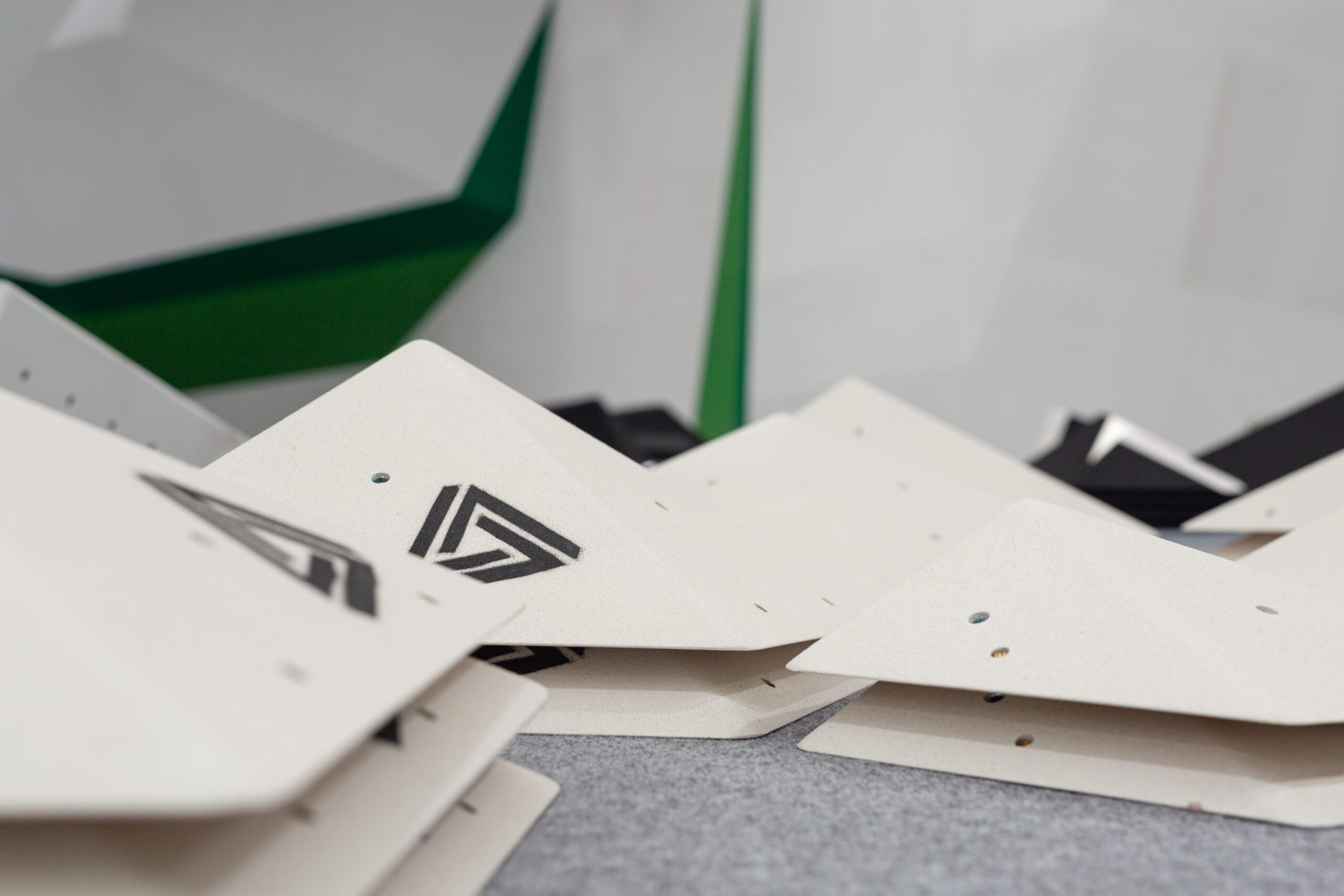Top 5 Tips for Preserving Your Climbing Holds
To kick things off, let’s address a question we frequently encounter: What’s the optimal approach to maintain your climbing holds? While it may seem like a straightforward query, there are several factors to consider when caring for your climbing holds to maximize their lifespan.
Variables such as temperature, storage conditions, material composition, and even your choice of cleaning agents can significantly influence the longevity of your holds.
Keep reading for our top 5 recommendations on how to keep your climbing holds in prime condition.
Tip #1: Regular Route Setting, Hold Rotation, and Thorough Cleaning
Frequently resetting your routes encourages diverse use of the holds, distributing wear evenly across their surfaces. Cleaning your holds meticulously after each set serves multiple purposes—it preserves their durability, enhances their appearance by eliminating black shoe marks or grime stains, and revitalizes their color.
Tip #2: Caution with Polyester Climbing Holds on Uneven Surfaces
Polyester holds lack flexibility, making them vulnerable to cracking or breaking when placed on uneven surfaces. In contrast, polyurethane holds exhibit greater flexibility and adapt well to all types of climbing wall contours.
Tip #3: Be Mindful of Polyurethane Holds in High-Temperature Environments
Polyurethane holds can deform when exposed to intense heat, such as in a sweltering indoor environment during summer or on an outdoor wall exposed to direct sunlight. However, there are methods available to restore their original shape.
Tip #4: Shield Your Holds from Prolonged Sun Exposure
The ultraviolet (UV) rays from the sun can gradually alter the color of climbing holds. This effect occurs more rapidly with polyurethane holds, especially those with fluorescent hues.
Tip #5: Use Caution When Cleaning GRP Painted Volumes
GRP painted volumes, typically large fiberglass holds with distinct back colors, require special attention during cleaning. Avoid high-pressure water cleaners, as they can strip away the volume’s color. Instead, employ standard tap water pressure along with a brush for safe and effective cleaning.


